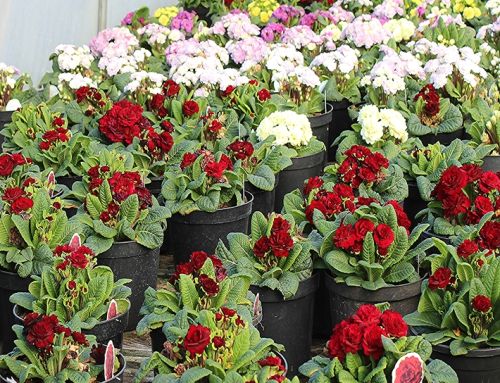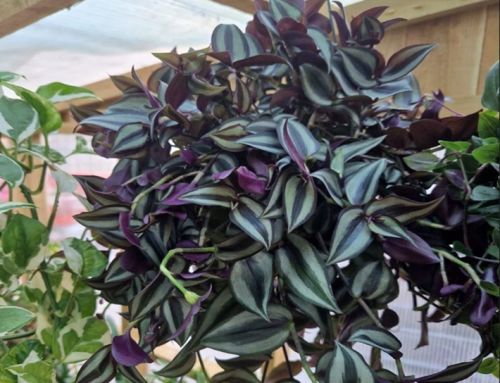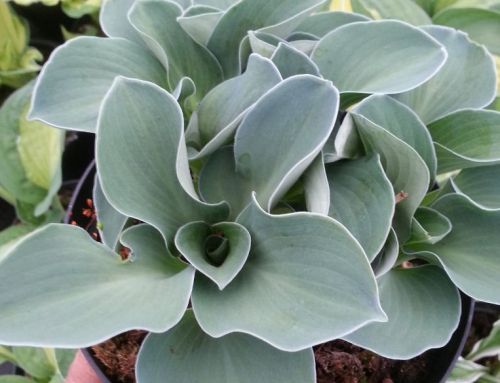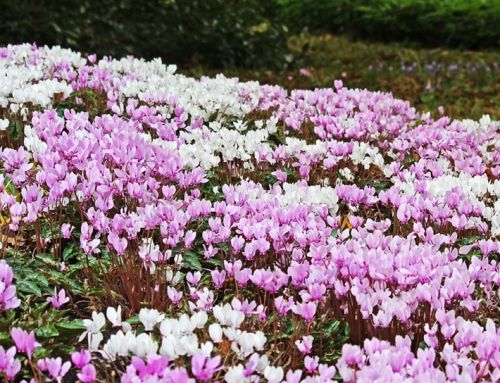Primula
Primulas
 I think it is fair to say that the Primulas are one of the loveliest and most diverse groups of plants that we sell. They range from common Primroses and Polyanthus to the ultra rare ones that are only available at specialist nurseries.
I think it is fair to say that the Primulas are one of the loveliest and most diverse groups of plants that we sell. They range from common Primroses and Polyanthus to the ultra rare ones that are only available at specialist nurseries.
We specialise in two groups, Primula Sieboldii (Which we have the National Collection) and Primula auricula. Both of these have Plant Profiles of their own so won’t be covered here.
Many Primulas are also scented – an added bonus.
However there are many more types that we sell. They are very diverse they are roughly split into three main groups.
Alpines

These are super cute yet generally very flamboyant when in flower. They prefer a well drained spot that has good light yet is shaded from the worst of the summer sunshine. These are often grown as specimens in terracotta pots where they are really stunning. Not surprisingly they are at their best when grown in a cold greenhouse, unheated conservatory or alpine house.
Native Primulas
These (and maybe a few more) are derived from our native beauties. Possibly the showiest in the garden and certainly

amongst the most reliable they are a ‘must have’ plant. In the wild they grow in hedgerows and meadows where they can take advantage of the weak spring and early summer sunshine. They sit out the rest of the
summer shaded by the plants that grow up and over them. This shields them from drought and searing mid day heat.
They include the Wild Primroses, Cowslips, Oxlips and all their cultivated friends.
Moist soil Primulas.
These are Primulas that prefer boggy conditions, including a couple that can actually be grown as pond plants under a few centimetres of water. They are generally taller than the previous groups. These often, but not always, have the flowers in whorls that gradually get taller as the season progresses. Each whorl coming from the centre of the last one.
Moist soil Primulas will self seed freely, almost too freely in some areas if they are happy. This group will often hybridise between species increasing the colour range and adding a degree of unpredictability.
Once again they dislike the really hot summer weather and will soon die if adequate moisture is not available. Alternatively light shade from larger shrubs and trees will serve the same purpose.
Examples of these are P. japonica, florindae, bulleyana and beesiana but there are many more.
Increasing your Primula stock
Propagation is generally easy. Named forms need to be divided. We do this in early spring as growth is just starting. Don’t divide them too harshly and they won’t even know they have been touched. If you fancy trying your hand at seed then these are a good group to get started on. They generally need light to germinate so we surface sow ours and add a thin sprinkling of vermiculite, just enough to hold a bit of moisture in.
There is a Primula for all gardens. Check here for English Gardens top 10 Primulas






